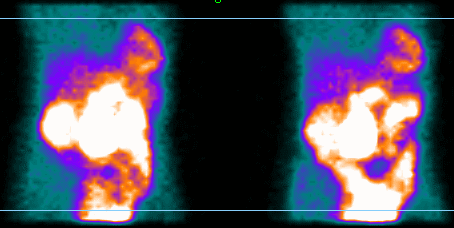
Students will acquire the necessary knowledge and practical application of interactive media theory and processes to grow professionally and academically throughout their careers. Therefore the temperature at which the measurement is made is usually also specified with the data.Keiser University’s Bachelor of Science degree in Animation and Game Design prepares students for successful careers in interactive digital media related fields such as video game design and production as well as 3D modeling and animation. The specific heat capacities of substances comprising molecules (as distinct from monatomic gases) are not fixed constants and vary according to temperature. This difference is particularly notable in gases where values under constant pressure are typically 30% to 66.7% greater than those at constant volume. Measurements under constant pressure produce larger values than those at constant volume because the constant pressure values also include heat energy that is used to do work to expand the substance against the constant pressure as its temperature increases.

Gases and liquids are usually measured at constant volume. The values thus measured are usually subscripted (by p and V, respectively) to indicate the definition. For liquids and gases, it is important to know the pressure for which given heat-capacity data refer as most published data are given for standard pressure. Measurements of heat capacity are most commonly given at constant pressure and constant volume. It depends on the temperature itself, as well as on the pressure and the volume of the system. The heat capacity of most systems is not constant and if you are performing sensitive measurements this has to be taken into account (not in UK A level practical experiments and demos in school - but you do need to be aware of this). When you do an experiment you should take into consideration heat lost to the container ( see the page on calorimetry), but even with careful insulation it is difficult to take into account the heat loss to the surroundings (air, lagging, table supporting the equipment etc) Heat losses to the surroundings and equipment are usually ignored - but you may be asked why practical measurements differ from theoretical calculations. Remember - no heat 'disappears' it gets transferred between the substances. When you do calculations involving heat being given and/or taken away remember to add up all of the components that have been 'given energy' and all of those that have 'given energy away' and equate them in an exchange of heat problem. click on the graphic! Practical considerations M is the mass of substance changing state.

L is specific latent heat of the substance and You have to use the following equations to perform calculations involving change of internal energy of a substance:

So when latent heat is involved we are looking at the change of potential energy not kinetic energy.
NUCLEAR MEDICINE GIF MACHINE ANIMATION FREE
If being taken away, again it will not change the vibration of the particles but rather will make them more structured - less free - and change their state to do that. If absorbed (given to the substance) it will not make the particles vibrate any faster, but will make them freer from each other. If the substance is at its boiling/melting point the energy given/taken away will not be used to get hotter or colder. If the substance is remote from its melting or boiling point it will change temperature (getting hotter or colder) as the particles vibrate faster or slower on absorbing the heat energy - the kinetic energy component changes significantly the potential energy component is virtually the same.The amount of heat energy required to make a temperature change of 1K will depend on the mass of the substance (the more you have the more energy you will need, natch!) and what it is - some structures react to heat input more dramatically than others (this is indicated in the SHC 'c' of the substance) - low 'c' substances have particles that are easier to 'vibrate'!

You should be able to understand what is happening to the particles in a substance when heat is added to it or taken away You should be able to define specific latent heat as the energy required to change the state of 1 kg of the substance. You should realize that the biggest changes in temperature of a given mass of a substance will occur in those that have low specific heat capacities - because it doesn't take much energy for them to get hotter! You should be able to define the specific heat capacity of a substance as being the quantity of energy required to raise the temperature of 1kg of the substance by 1K. It is one of the two components of intenal energy of a substance The specific heat capacityof a solid or liquid is defined as the heat energy required to raise the temperature of unit mass of a substance by one degree.


 0 kommentar(er)
0 kommentar(er)
